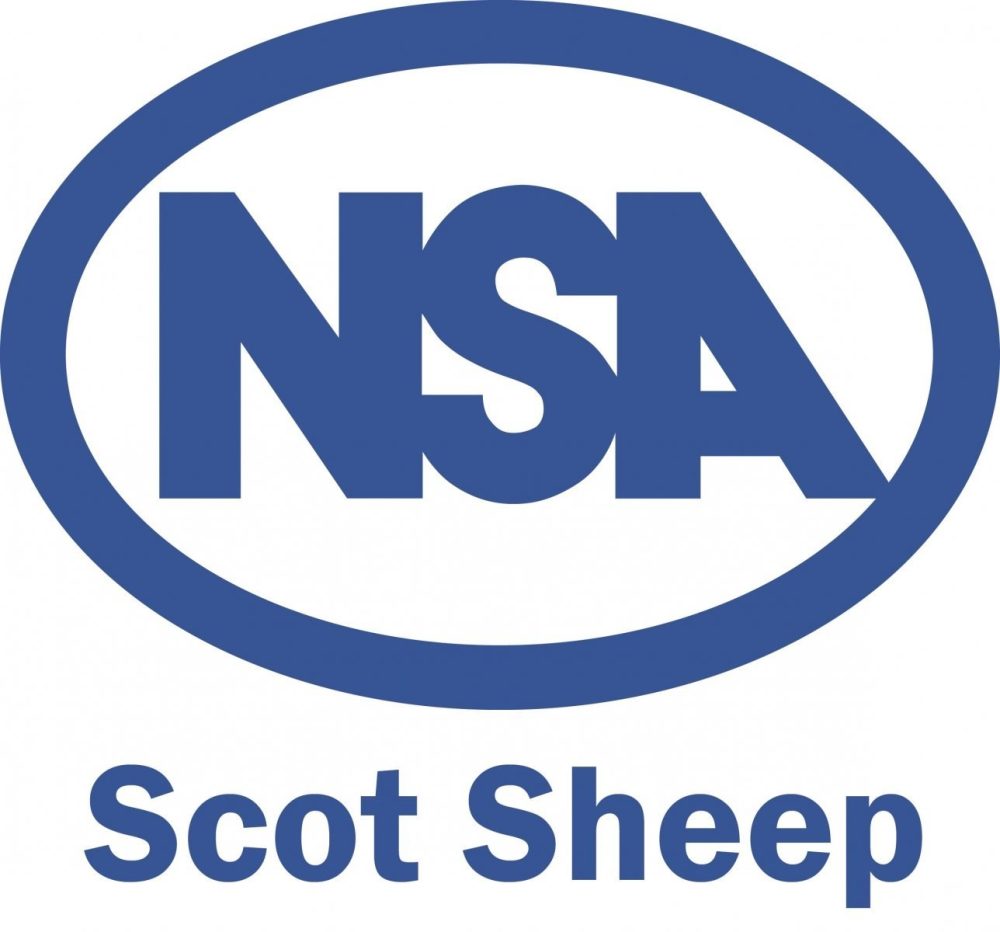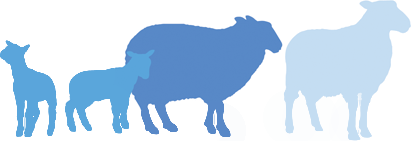High Output from Feed Grown on the Farm
12th May 2014
The farm tour is always one of the most popular aspects of NSA Scotsheep and visitors will be transported by tractor and trailer to view the farm and stock, with stop-off points where experts from SRUC will be on hand to discuss various aspects of the management of the farm.
Quixwood, and the adjoining farms of Ferneylea and Drakemyre, is a typical Border upland farm extending to 2500 acres, with another 200 acres farmed on a contract basis, rising to 850ft and carrying a flock of 1500 ewes and 700 suckler cows.
Arable cropping comprises 600 acres of winter wheat, winter and spring barley, winter and spring oats and beans, most of which is fed to the stock. The area of trees providing useful shelter belts for the stock extends to 300 acres.
The policy is geared to high output from feed grown on the farm, with a minimum of bought-in concentrates, and the stratified structure of the livestock enterprise enables a closed flock and herd policy to be followed (except for the nucleus flock of Blackface ewes although that is set to be changed), with all replacements bred on the farm and all lambs and calves, except female replacements, finished through to slaughter and sold deadweight to Scotbeef.
The sheep flock comprises 300 Blackface ewes crossed with the Bluefaced Leicester to produce replacement females for the 500-strong Mule ewe flock which is crossed with Texel tups. The Texel x Mule ewes are then put to the Suffolk to produce the slaughter generation.
“We are planning to take this policy one stage further by breeding our own replacement Blackface ewes in the future,” says Iain Macfarlane.
Ewes are housed in a large open shed after the New Year and start lambing towards the end of February, followed by the hoggs in mid-March and the Blackface ewes from April 1. They are fed a Total Mixed Ration (TMR) fed from a Keenan diet feeder of silage, beet pulp, wheat dark grains, turnip mix and minerals and also have access to Lifeline buckets. This year the ewes scanned at 212% following last year’s good summer which meant the ewes were in great condition at tupping time.
Ewes are penned individually just before lambing and move into bigger pens in groups of 10 after lambing for 24 or 48 hours before being turned out. Lambs are creep fed with the aim of catching the early lamb market.
“We push them hard to grow as quickly as possible,” says John Macfarlane. “We start selling lambs at the end of May and draw for marketing every 10 days or so through the summer.”
The cows in the suckler herd are a mixture of Aberdeen-Angus, Limousin, Beef Shorthorn and Simmental crosses. The Charolais bull, used as the terminal cross, is now being phased out following the move from selling stores to finishing everything on the farm.
Cows are housed in slatted accommodation from November onwards following weaning, or earlier depending on the weather, and calve from April to June. Cows receive silage and straw and calves are creep-fed from July onwards. Around 120 bull calves are kept entire and fed a concentrate diet ad lib for finishing at 14-15 months of age.
Steers and heifers not required for replacements are wintered on silage, 3kg/day of concentrates, minerals and home-grown rapeseed as a protein source, and finished out of the house the following winter at 650-700kg liveweight for steers and 600-650kg liveweight for heifers. Virtually all grade R or U.
Grassland management plays an important part in achieving the objective of high output. Grass is kept young and undersown with barley used as cover. Bespoke mixtures designed specifically for the farm by Watson Seeds are used. Regular dressings of both slurry and bagged nitrogen are applied and a clean grazing system is followed as far as possible with the sheep.
“The response of young grass from nitrogen is so much better than older swards,” Iain points out.
Further information available from Euan Emslie, Organiser, NSA Scotsheep, Tel: 01430 441870/07718 908523, E-mail: [email protected]



